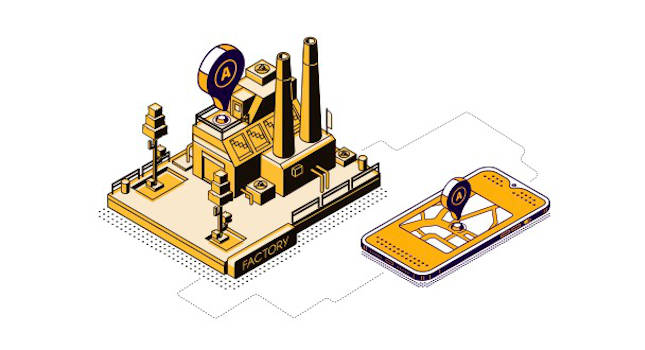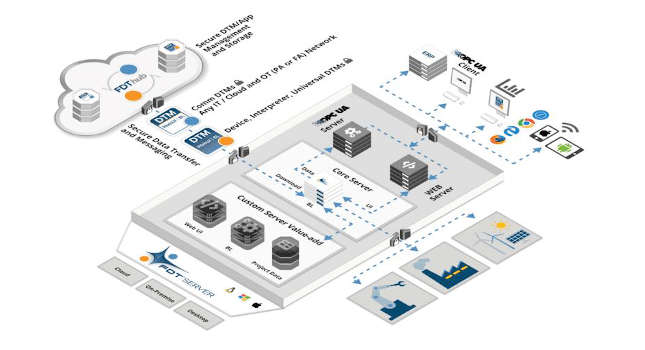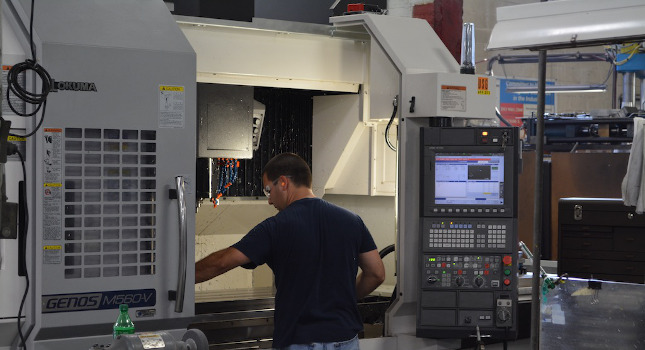TV gateways are officially the Next Big Thing in set-top box design, with two major deployments in 2011 and another half a dozen planned or pending.

TV gateways are officially the Next Big Thing in set-top box design, with two major deployments in 2011 and another half a dozen planned or pending. Major set-top box manufacturers have been promoting gateway and thin client prototypes for a couple of years now, and a handful of North American and European operators are taking the plunge.
Gateways, which terminate conditional access and distribute programming around the home to thin IP client boxes, are a logical step forward for operators looking to offer new services or manage existing services more easily. In most households, this includes whole home content distribution, delivery of programming to portable CE devices, and content storage. Swapping out a multi-DVR setup for a TV gateway and thin client arrangement is expected to decrease operator CAPEX per home significantly over the next several years. Perhaps more importantly, advanced TV gateway designs can enable a new range of operator-provided home services and substantially boost ARPU. Managing a bouquet of new services over multiple devices requires a new level of user interface sophistication, and operators are keen to produce a UI that turns a multi-device interaction into a uniform, branded experience.
Developing a perfect gateway UI requires synchronizing several major moving parts. Content protection and formatting limits must be seamlessly managed, and pushing content to connected CE devices such as tablets requires additional legwork. Modifying current UIs that are based on a 2-way stack with two tuners to handle four or even six tuners is problematic, and the balance of UI functionality between gateways and thin clients will change as gateways become more powerful. The thin IP clients produced for current and pending gateway deployments are a bit more capable than future designs will be, in part to make up for what current gateway models can’t do. Specifically, management of the core semiconductors that keep today’s HD DVRs going aren’t capable of live transcoding of several streams, and it’ll be another two years before Intel and Broadcom’s new chipsets can be integrated into new designs.
UI developers have a bit of time before the next generation of gateways demands a more capable UI. Several HTML-based UIs have taken shape, with three dominant standards: RVU, CEA-2014, and HTML5. Over the past several months several major middleware developers, including Nagra/OpenTV, NDS, and SeaChange, have introducted remote user interfaces in HTML5. Interest in HTML5 gives the World Wide Web Consortium a significant amount of influnce over television remote UIs going forward.
It is unlikely that operators that introduce TV gateways in the next year to 18 months will be able to pass new equipment costs on to consumers without adding significant value to the whole-home television experience. A comprehensive but straightforward UI will add a great deal to gateway offerings, allowing operators to reduce CAPEX and devise new revenue streams.



